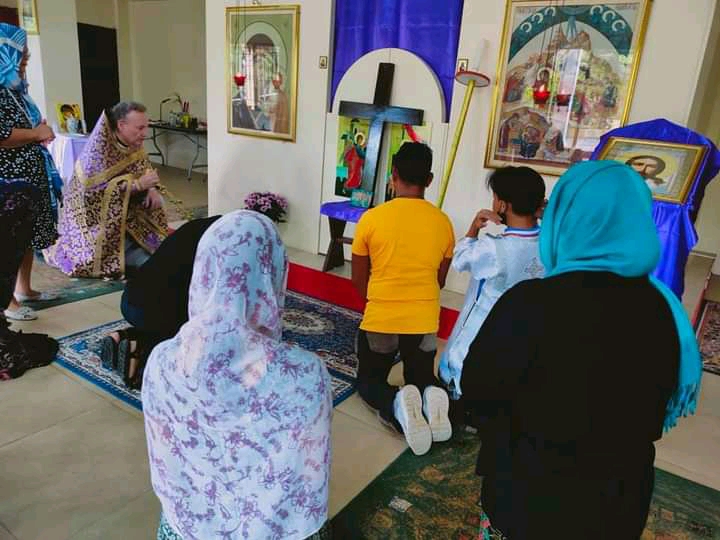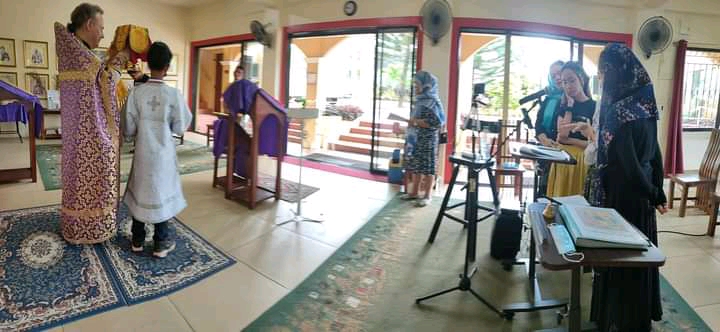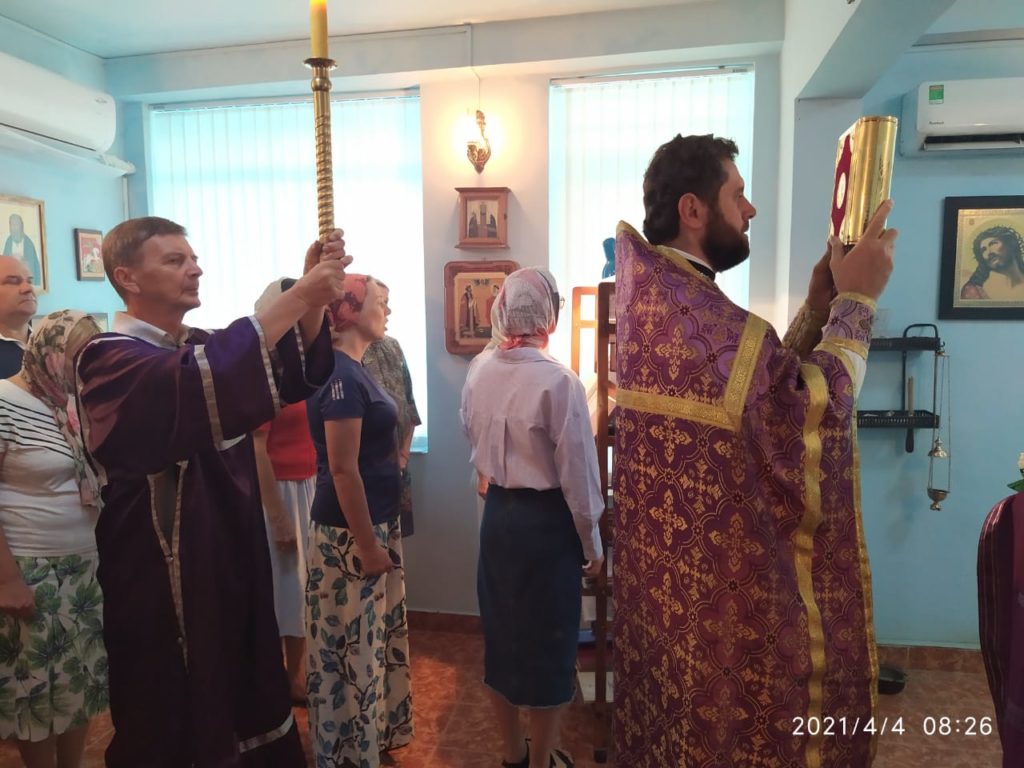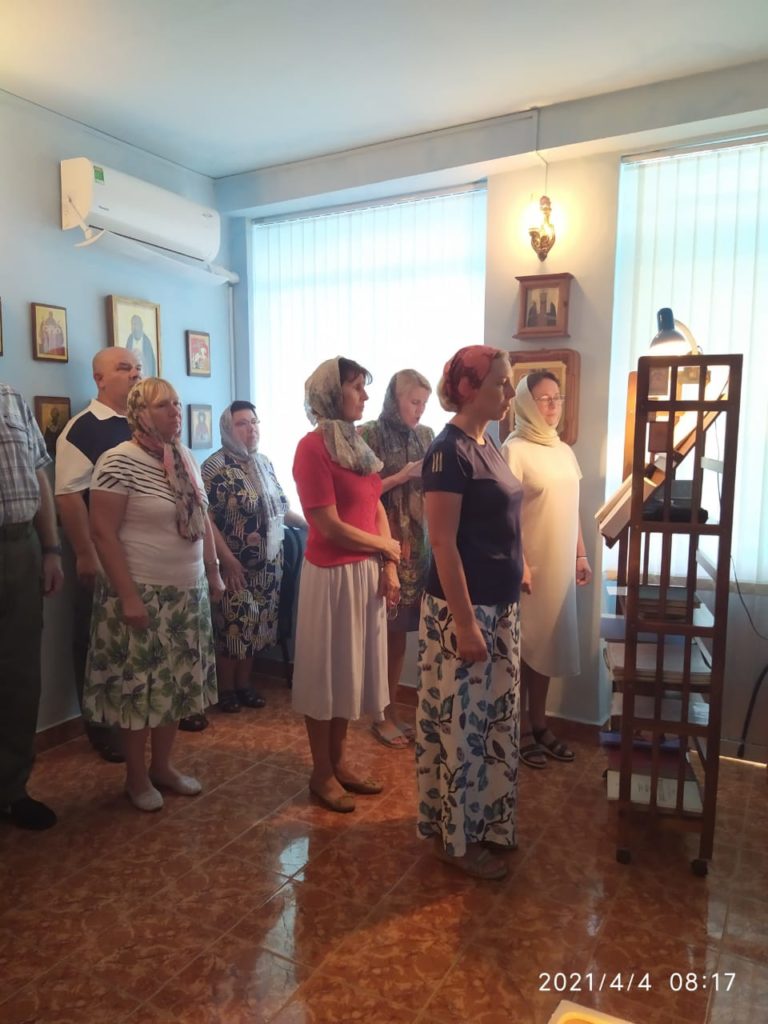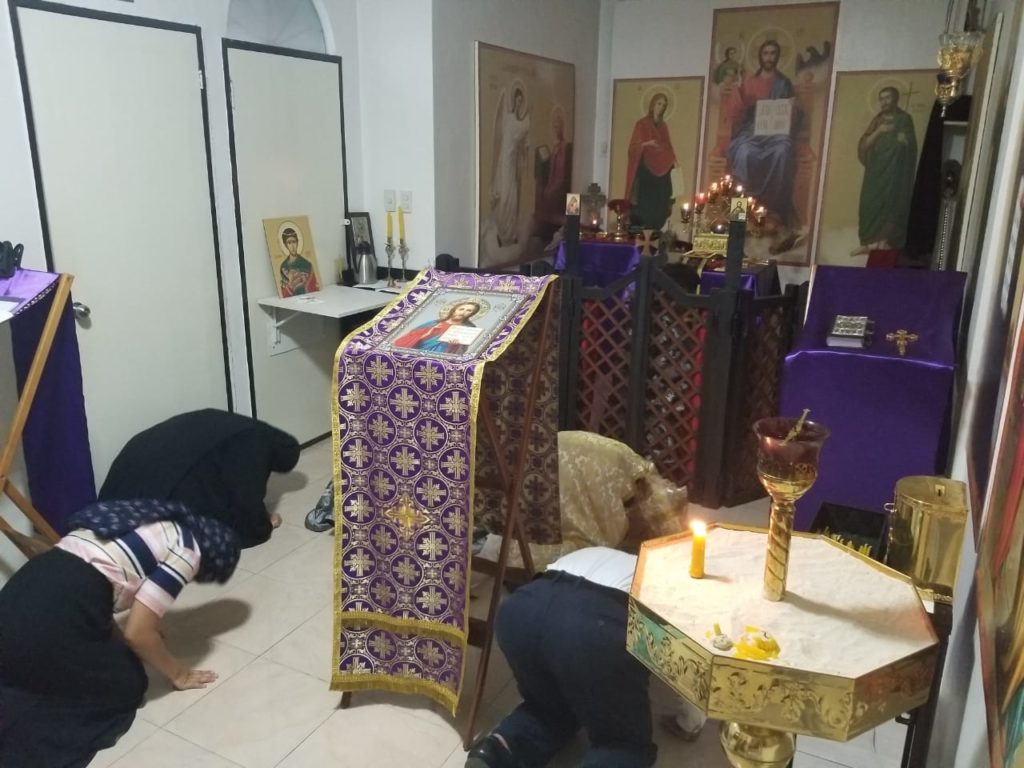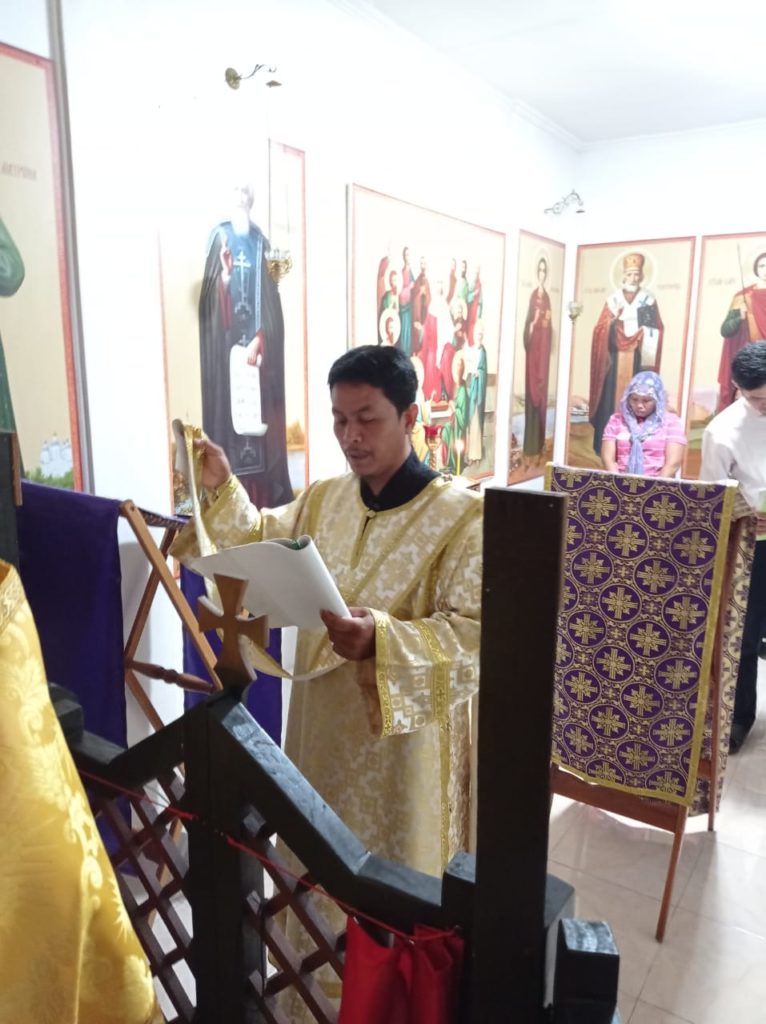On April 15, the parish of the Kazan Icon of the Mother of God in Vung Tau hosted a meeting of the Consul General of the Russian Federation in Ho Chi Minh City Mr Sadykov with the rector of the parish priest Evgeniy Tsukalo.
Timur Sirozhevich Sadykov just arrived at a new place of work and when visiting Vung Tau offered to get acquainted. The Consul General was accompanied by Consul-Adviser Vadim Valeryevich Basinsky.
Priest Evgeniy spoke about the parishes in Vietnam, about the peculiarities of a parish life.





